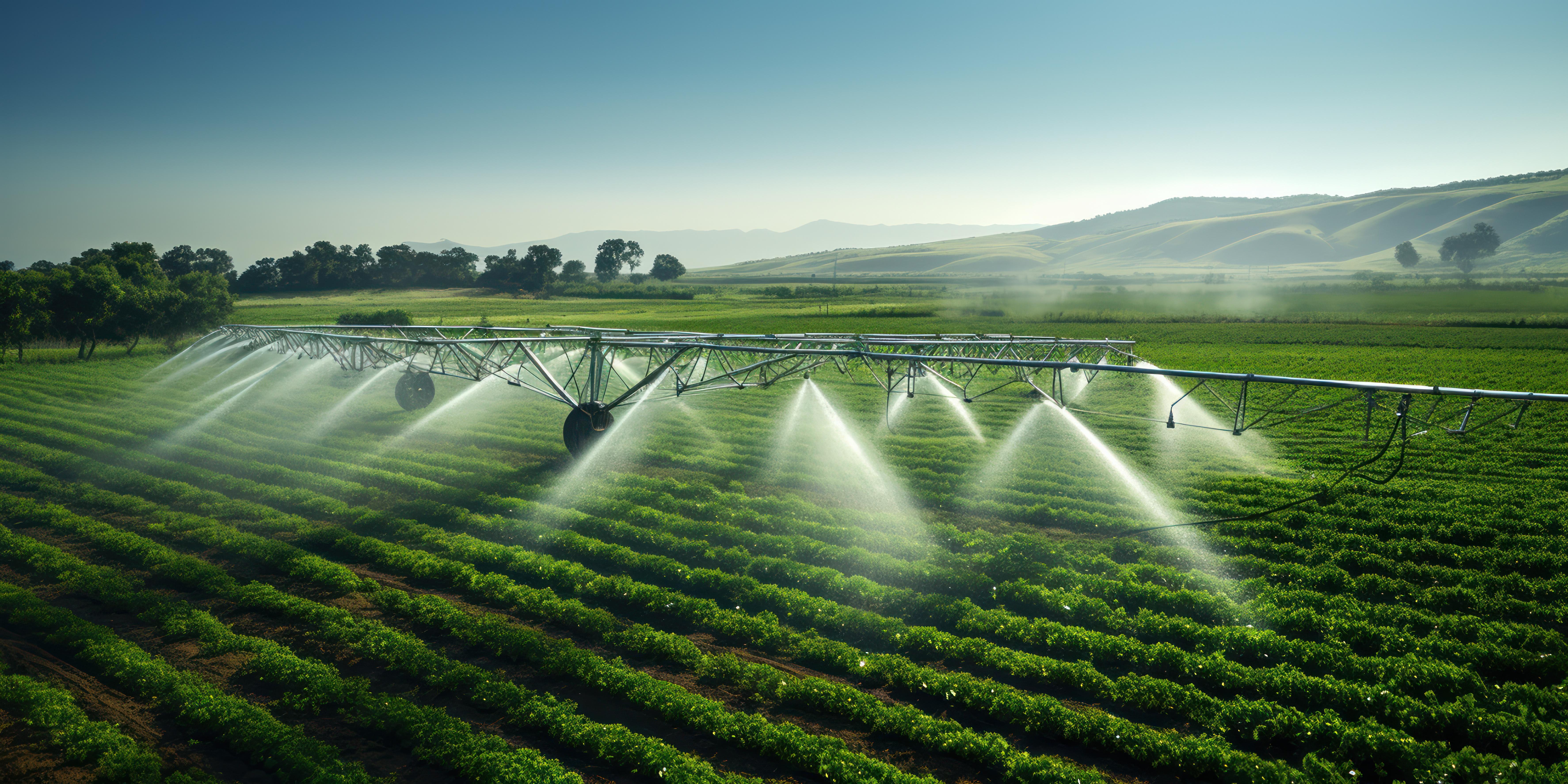Water Conservation Efforts and Automation Boost Irrigation Equipment Market to $15.75 Billion by 2031

The latest analysis by Meticulous Research® forecasts that the global Irrigation Equipment Market will hit $15.75 billion by 2031, growing at a CAGR of 9.3% from 2024 to 2031. Several key factors, such as increasing global water scarcity, government-driven water conservation initiatives, and the rising demand for mechanizing agricultural operations, are fueling this market's expansion. However, the high costs involved in adopting and maintaining modern irrigation systems pose significant barriers to widespread market growth.
Despite these challenges, technological advancements and the increased automation of irrigation systems present promising opportunities for market players. However, limited awareness of advanced irrigation technologies remains a considerable hurdle to market adoption.
Emerging trends such as precision farming techniques and the development of Irrigation as a Service (IaaS) are expected to further accelerate growth within the irrigation equipment sector.
Download Sample Copy: https://www.meticulousresearch.com/download-sample-report/cp_id=5378
Competitive Landscape
The irrigation equipment market is moderately competitive, with a mix of global, regional, and local players. Leading companies include The Toro Company (U.S.), Jain Irrigation Systems Limited (India), Netafim Ltd. (Israel), Valmont Industries, Inc. (U.S.), Lindsay Corporation (U.S.), Hunter Industries Inc. (U.S.), Rain Bird Corporation (U.S.), T-L Irrigation Company (U.S.), Reinke Manufacturing Co., Inc. (U.S.), Rivulis Irrigation Ltd. (Israel), Nelson Irrigation Corporation (U.S.), Irritec S.p.A (Italy), Chinadrip Irrigation Equipment (Xiamen) Co., Ltd. (China), and Galcon Bakarim Agricultural Cooperative Society Ltd. (Israel).
Market Segmentation
This market is categorized based on components, irrigation types, applications, and regions. The primary components include tubing, sprinklers, emitters, pumps, irrigation valves, filters, connectors, controllers, sensors, and more. The tubing segment is projected to hold the largest market share in 2024, driven by the increasing adoption of drip and sprinkler irrigation techniques, government support, and technological advancements in tubing systems.
In terms of irrigation type, the market segments into drip, sprinkler, pivot, and others, with drip irrigation expected to maintain the largest share. The segment's growth is attributed to ongoing innovations in drip irrigation systems and the broader adoption of precision farming techniques.
By application, the market is split into agricultural and non-agricultural irrigation systems. Agricultural irrigation is expected to lead the market due to increasing crop cultivation, growing water conservation needs in agriculture, and a significant presence of suppliers catering to this sector. Technological developments and favorable government policies supporting sustainable agriculture are also expected to bolster this segment’s growth through 2031.
Customized this Report: https://www.meticulousresearch.com/request-customization/cp_id=5378
Regional Overview
The report offers a detailed geographic analysis, covering key regions such as North America, Europe, Asia-Pacific, Latin America, and the Middle East & Africa. The Asia-Pacific region is projected to lead the irrigation equipment market in 2024, benefiting from rising demand for mechanization, government initiatives on water conservation, and increasing water scarcity in the region. In addition, government loans and subsidies for irrigation equipment purchases are expected to drive further market expansion in Asia-Pacific.
Contact Us:
Meticulous Research®
Email- sales@meticulousresearch.com
Contact Sales- +1-646-781-8004
Connect with us on LinkedIn- https://www.linkedin.com/company/meticulous-research
- Art
- Causes
- Crafts
- Dance
- Drinks
- Film
- Fitness
- Food
- Jeux
- Gardening
- Health
- Domicile
- Literature
- Music
- Networking
- Autre
- Party
- Religion
- Shopping
- Sports
- Theater
- Wellness


